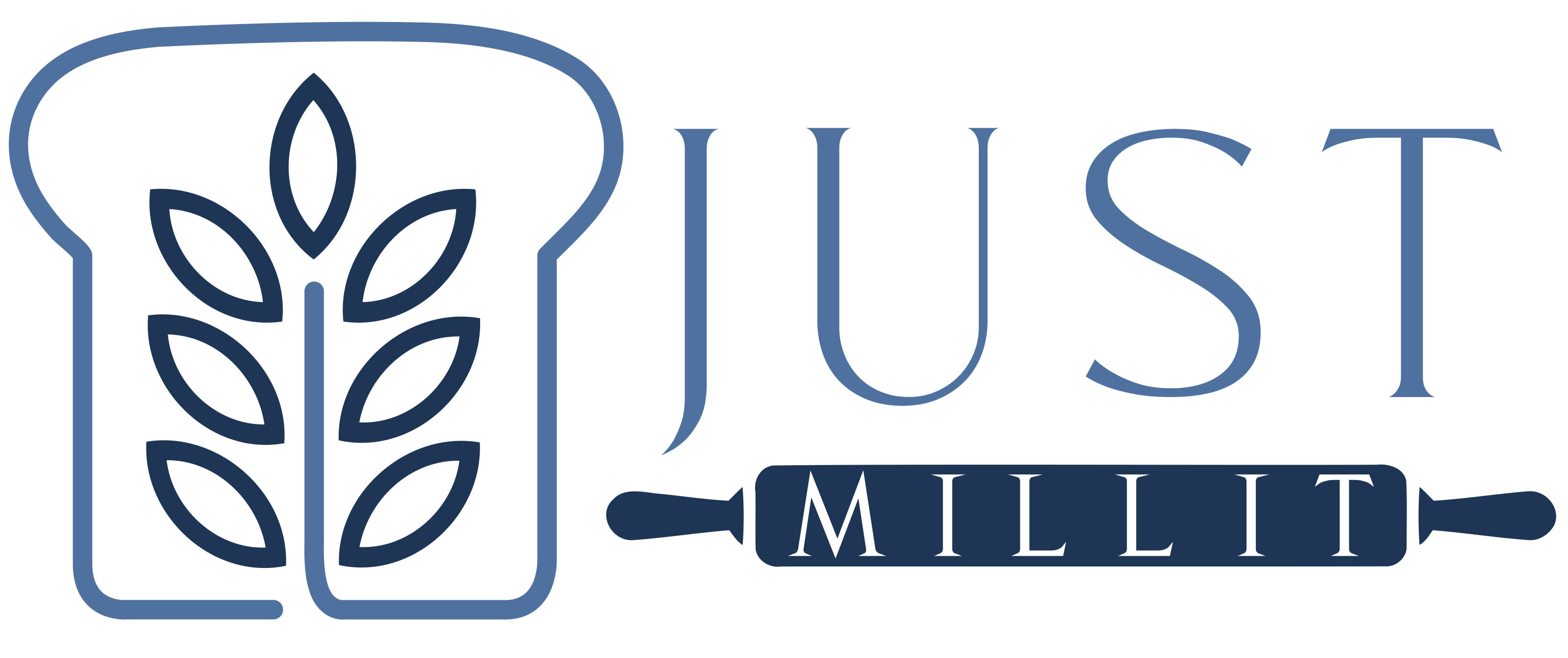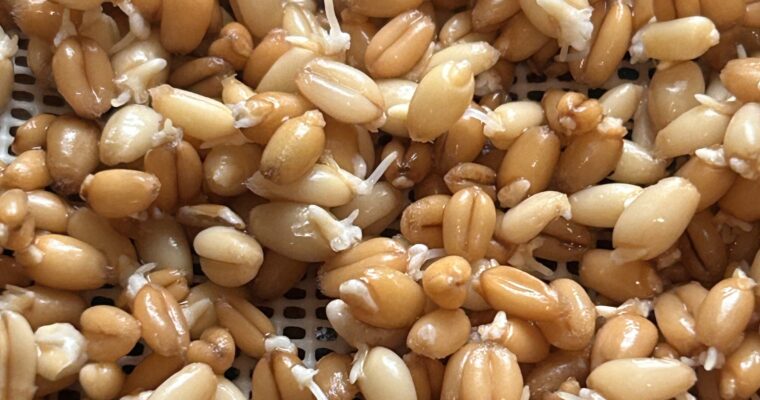Understanding which type of grain to mill depends on the category of baked goods you’re aiming to create. In baking, we typically categorize our needs into three main types: Pasta, Bread, and Pastries.
PASTA
Pasta is made without leavening agents and benefits from using the hardest grains available. Ideal choices for milling include Durum wheat, while ancient grains like Khorasan (Kamut) or Emmer also work well.
BREAD
Bread, leavened with yeast or sourdough starters, requires a type of grains that provide structure. Optimal choices for milling include hard wheat varieties such as hard white spring or winter wheat, and hard red spring or winter wheat. Additionally, ancient grains like Einkhorn, Spelt, and Rye can be blended with hard grains to create flavorful loaves.
PASTRIES
Pastries, often leavened with baking soda, baking powder, or eggs (think popovers), benefit from using grains in the soft category to achieve a light and tender crumb. Ideal options for milling include soft wheat varieties such as soft white wheat or soft red wheat. Gluten-free grains like sorghum or millet also perform well here, as they do not form gluten when mixed with liquid.
CAN I USE ___ GRAIN for ___ TYPE of BAKED GOOD?
You can use any grain for any baking category, but results may vary compared to using ideal or recommended grains. Experimentation can yield unique outcomes, though they may not always meet your expectations for texture or rise.
For example, using 100% Spelt flour in bread produces a soft and lofty loaf, though it may not hold up as well to spreading cool butter or making hefty sandwiches compared to bread made from hard wheat. Similarly, pastries made from hard grains might be denser than those made from soft grains, requiring careful handling to avoid excessive gluten development.



